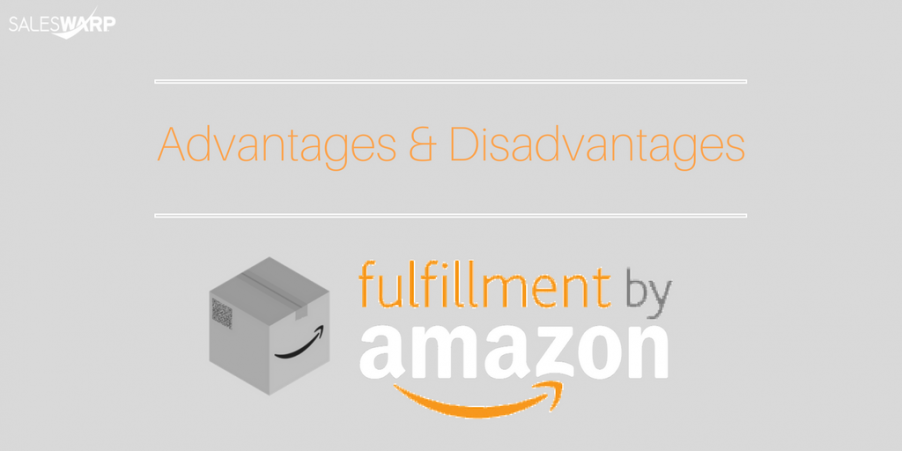How to manage Amazon FBA Split Shipments
Amazon FBA is a great service that allows retailers to offload many of the time-consuming tasks of order fulfillment by letting Amazon handle all the dirty work of picking, packing and shipping products, including split shipments.
Amazon has a vested interest in excelling in this process so retailers selling their inventory through this service have little to worry about once they get their inventory to Amazon’s FBA locations. In fact, Amazon regularly grants retailers using FBA special benefits, such as not having to meet guidelines for restricted selling during the holidays.
However, there is no denying that for all the value FBA brings to the table, it can also be a significant cost. One of the most frustrating elements of FBA is actually getting inventory to fulfillment locations. Shipping inventory can be expensive, particularly because Amazon generally wants merchants to send the same SKU to multiple locations.
From the marketplace giant’s perspective, having inventory available at multiple fulfillment locations allows Amazon to shorten delivery times, which contributes greatly to better customer satisfaction (and potentially repeat purchases). For customers, there is nothing more annoying than having to wait five days on an item shipping from California to Massachusetts, especially when the package could have made it in two days if it was sent from a closer distribution point in New York.
However, as Full-Time FBA noted, understanding why Amazon has merchants split shipments between multiple fulfillment locations does not make having to pay for these shipments any less infuriating for sellers. It is expensive, inconvenient and may cut even deeper into profit margins. As the news source explained, merchants have two options: they can use distributed inventory placement, which will have merchants send inventory to fulfillment centers across the country, or use the inventory placement service to avoid having to split up orders.
Distributed inventory placement versus the inventory placement service
Distributed inventory placement is the default option that most sellers opt into. This has them sending the same SKUs to multiple fulfillment centers to ensure Amazon can quickly ship purchases to customers no matter where they are. However, having to send multiple packages to a variety of locations can be costly and time-consuming, particularly when packages are heavy. Additionally, it means sellers need to keep multiple boxes around, which could take up precious room in their own internal storerooms.
The other option is the inventory placement service, which allows sellers to send multiple items within the same SKU all to a single warehouse. This can reduce shipping costs by a significant margin, particularly if retailers get to send their shipments to nearby fulfillment locations instead of distribution centers all across the country. On top of that, because SKUs are sent to nearby warehouses, that may result in faster processing times, resulting in items going live on marketplaces more quickly, according to Full-Time FBA.
The inventory placement service sounds ideal on paper, but it does come with additional costs that retailers must pay. For each product sent to FBA locations via inventory placement, retailers must pay an additional 30 to 40 cents (or perhaps even more, in specific cases of heavy or oversized items). Additionally, inventory placement service generally sends items to the other warehouse locations, which may actually result in a slower time to market if items are sent to a nearby fulfillment center and then to another one after that.
Making optimal use of FBA inventory placement
Both distributed inventory placement and the inventory placement services have their own fair share of advantages and disadvantages. The key is using both options when it is advantageous to do so, while avoiding the option that is more disadvantageous given the situation.
For example, for large-quantity shipments, it may not be worth taking the extra $0.30 to $0.40 hit per item to use inventory placement. For a 200-item order, that could wind up costing merchants north of $600 – certainly not worth the cost to avoid sending a couple additional shipments. Conversely, a small-quantity shipment may be cheaper to send via distributed inventory placement. The key is assessing all of the different options and selecting the one that makes the most sense financially. These were two extreme examples, in reality, most scenarios will probably wind up falling somewhere in between.
FBA can be a significant boon, but if merchants are not careful, it can also be quite expensive to send products to distribution points. Retailers need to approach each shipment on a case-by-case basis, as this will allow them to make the best use of their resources and avoid overpaying.

